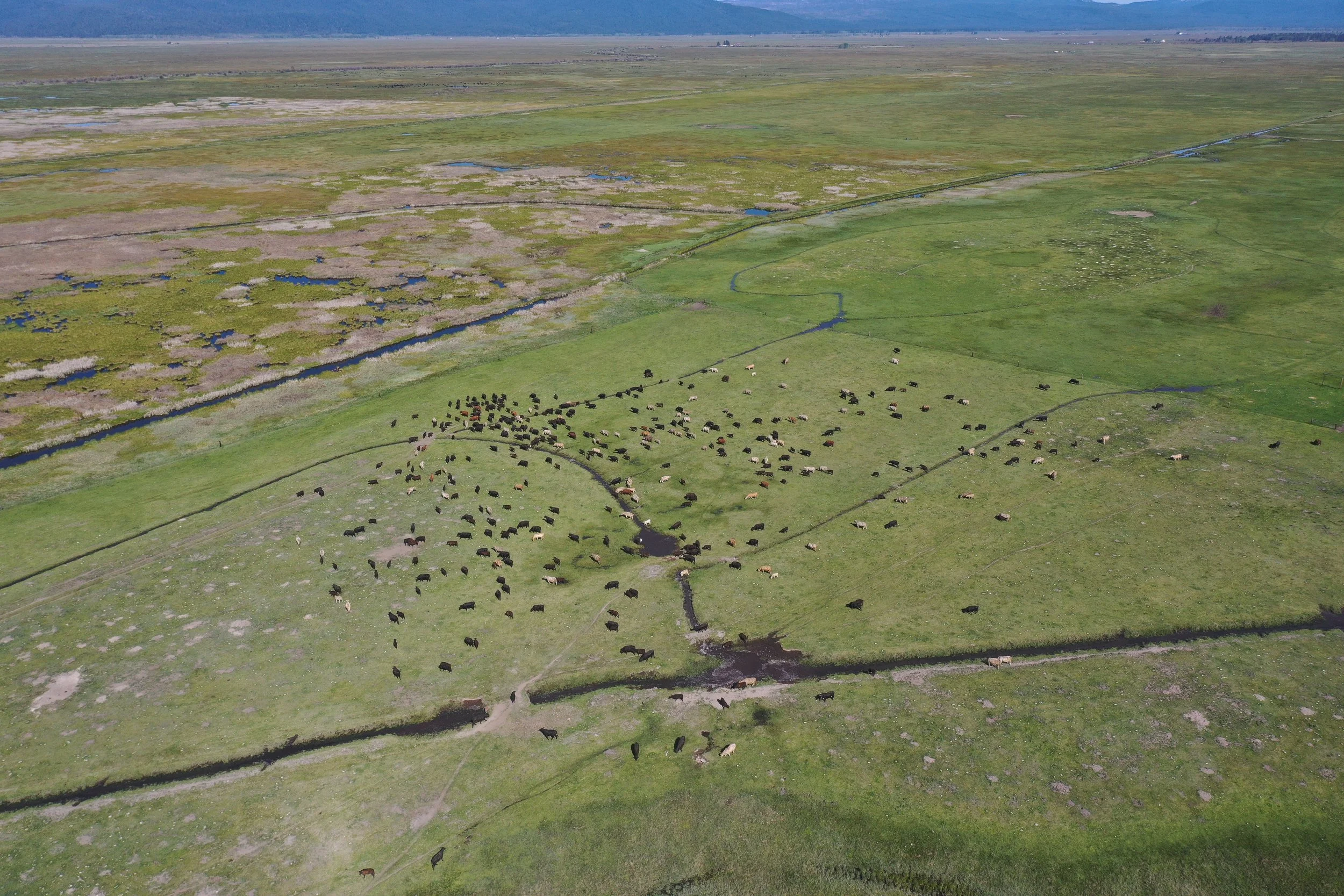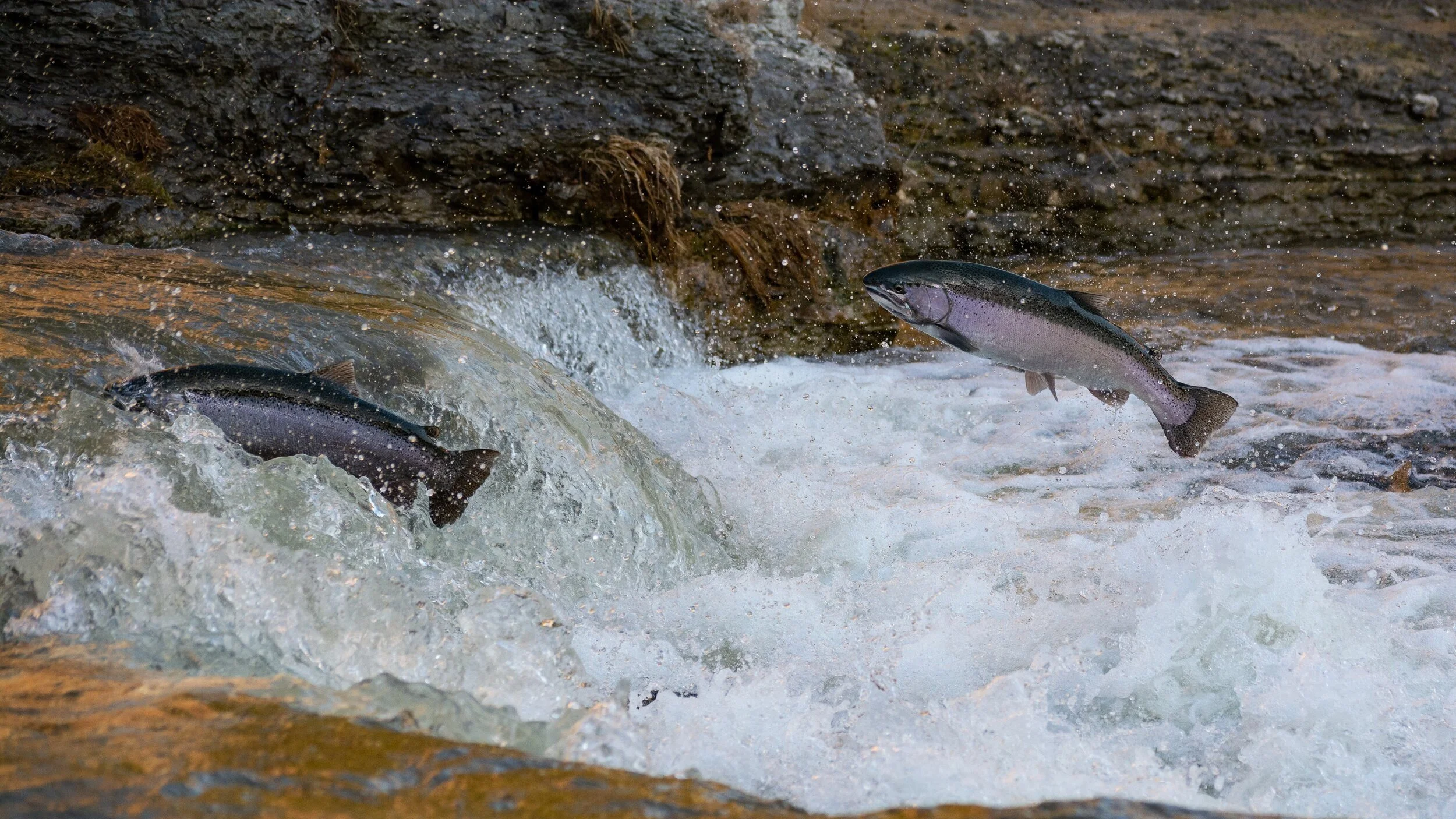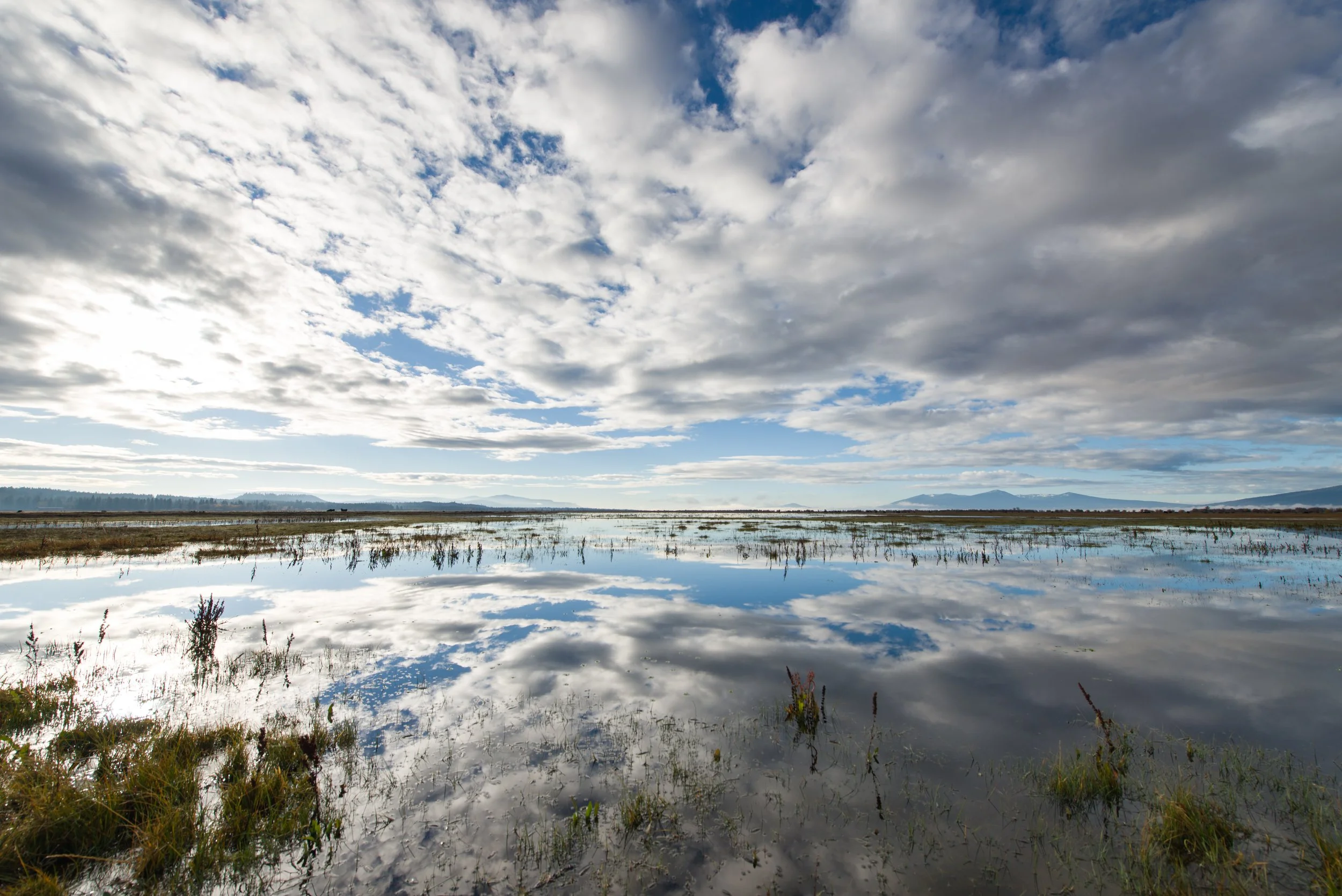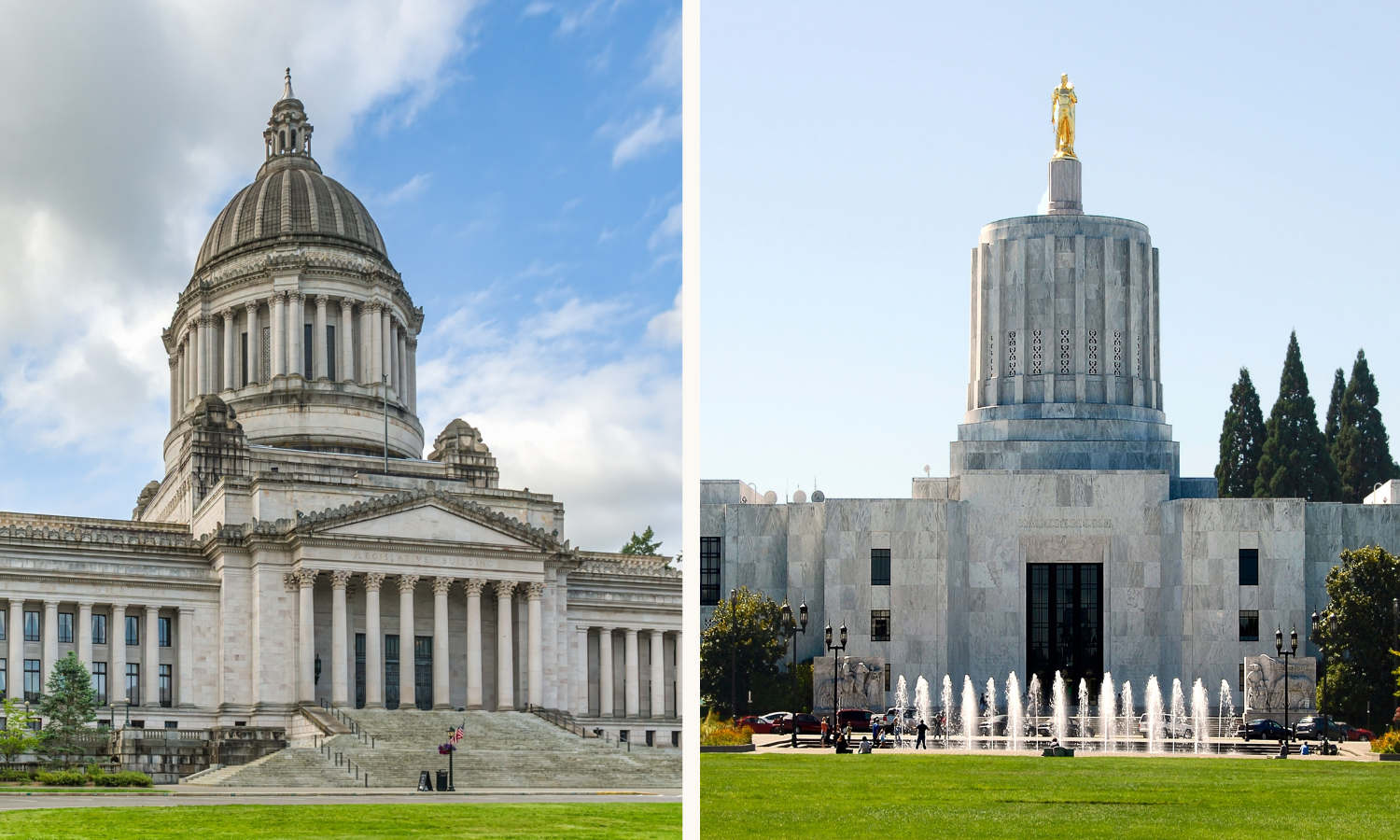Water
Fish, wildlife, and people need clean, cold water.
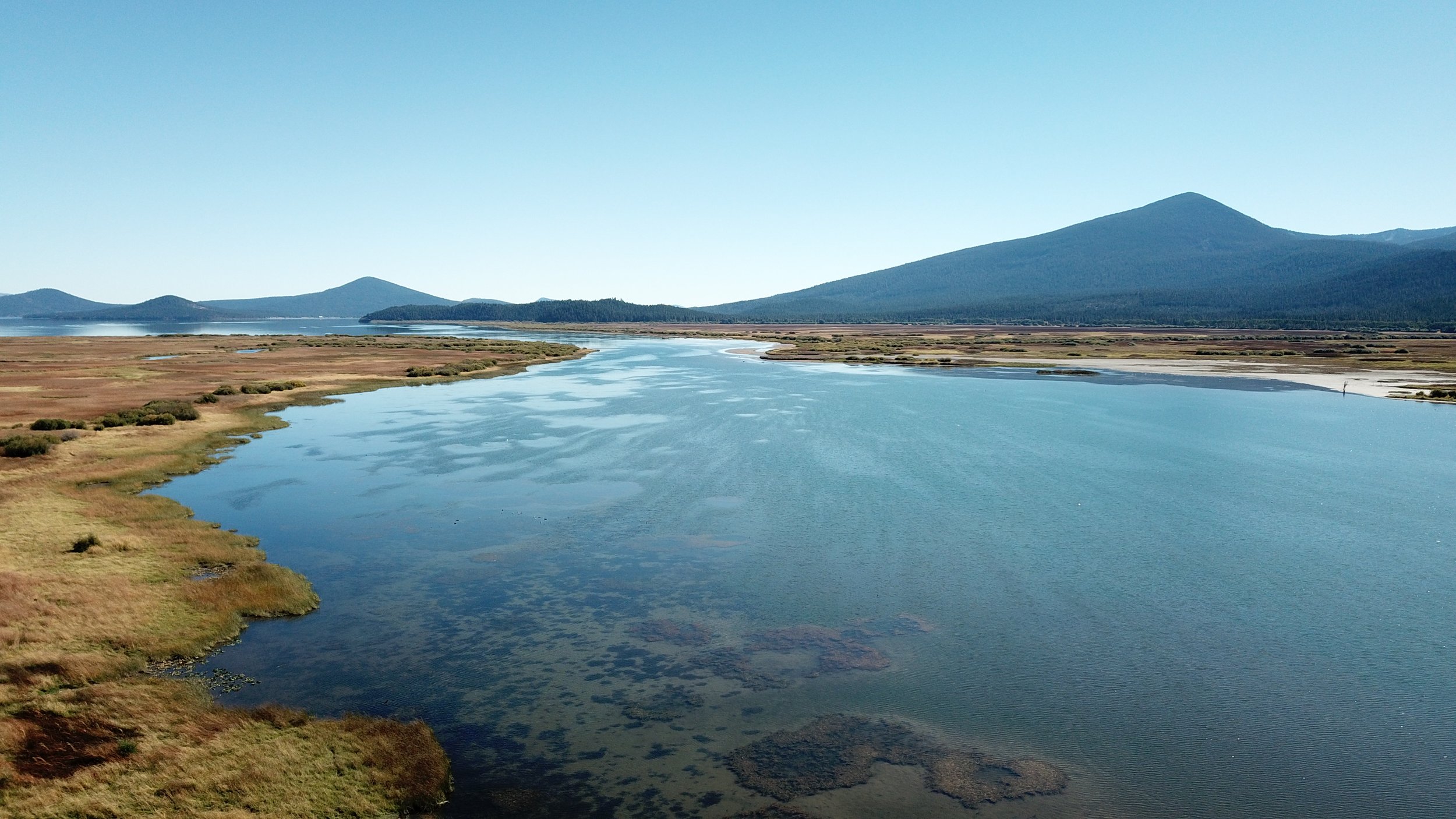
That's why we support community-led solutions from headwaters to ocean.
We help communities prepare for an uncertain water future by balancing nature, people, and jobs.
HERE’S HOW WE DO IT:
-
We help farmers and ranchers use less water and increase productivity while restoring fish and wildlife habitat. We facilitate access to valuable conservation funding for these projects, making their adaptations cost-effective.
We work with each landowner to discuss their goals, needs, and the funding options available. Then, we partner with them to create a plan, apply for funding, and implement the plan.
These plans may include:
Transitioning to regenerative agriculture practices to conserve water and improve soil health.
Upgrading to more efficient irrigation systems.
Installing fencing and regulated wells to keep livestock away from rivers and streams.
Restoring wetlands and waterways to support fish and wildlife habitat and improve water quality.
Our work to improve water quality and quantity on farms and ranches is currently focused in the Klamath Basin.
-
Sustainable Northwest worked for 15 years to support a Tribally-led movement to remove four outdated hydro dams in the middle Klamath River, opening up 400 miles of habitat in the Upper Klamath Basin to salmon once again.
The first dam was removed in 2023, and the remaining three were removed in 2024. Partners have also been working hard restoring the 2,000 acres formerly inundated by reservoirs with 17 billion native seeds propagated directly from local plants.
Our work in the dam removal effort was primarily to find the legal and regulatory means that made it a reality.
Learn more in our timeline of Klamath Basin dam removal advocacy.
-
We are researching and identifying ways to manage forests so they can hold water in the soil and release it more slowly over time. This is a nature-based solution that can be particularly effective in restoring forest health, helping forests withstand severe wildfire, and keeping rivers and streams wetter longer into summer, benefiting both nature and people.
Our most in-depth work to study forests for water retention is being done in partnership with The Klamath Tribes and Fremont-Winema National Forest, as part of our comprehensive work in the Upper Klamath Basin.
-
We support local communities in the planning, acquisition, and management of local forests that provide drinking water. This work has led us to partner with communities throughout Oregon and Washington, connecting them to resources that allow them to manage and sometimes own their source drinking watersheds. Learn more about our community forests program here.
-
In the West, it is becoming more and more crucial to assess how much water is currently available in each watershed and plan for future changes.
This is particularly important as yearly precipitation has become less predictable. We rely on the best available science, modeling tools, and data collection methods to assess how much water is currently entering a watershed and how much is expected in future. Then we help communities draft a scientifically sound water plan.
-
We partner with local communities throughout the region to educate decision makers about the issues in their watersheds that require leadership and support at the local, state and federal level.
For example:
Amplifying community, Tribal, and conservation voices in the Klamath Basin who, after two decades of advocacy, have succeeded in removing four outdated and harmful hydropower dams on the middle Klamath River to restore 400 miles of fish habitat.
Securing millions of dollars in state and federal funding for communities that want to plan for their water futures, or own and manage the upstream forests that are often the source of their drinking water.
Years Sustainable Northwest worked with Tribes and nonprofit partners to secure the removal of Klamath Basin dams to help restore salmon runs.
15
38
Number of partners Sustainable Northwest works with in John Day Basin
Miles of habitat opened for salmon in the Upper Klamath Basin after the removal of four outdated hydro dams.
400
“Sustainable Northwest has been a valued partner in our efforts to remove the four lower Klamath River dams. Restoring the Klamath River to its natural, free-flowing condition is key to improving water quality in the Basin, recovering fish species, sustaining a viable agriculture industry, and promoting economic prosperity. We greatly appreciate SNW’s collaboration and commitment.”
- Mark Bransom, CEO Klamath River Renewal Corporation

